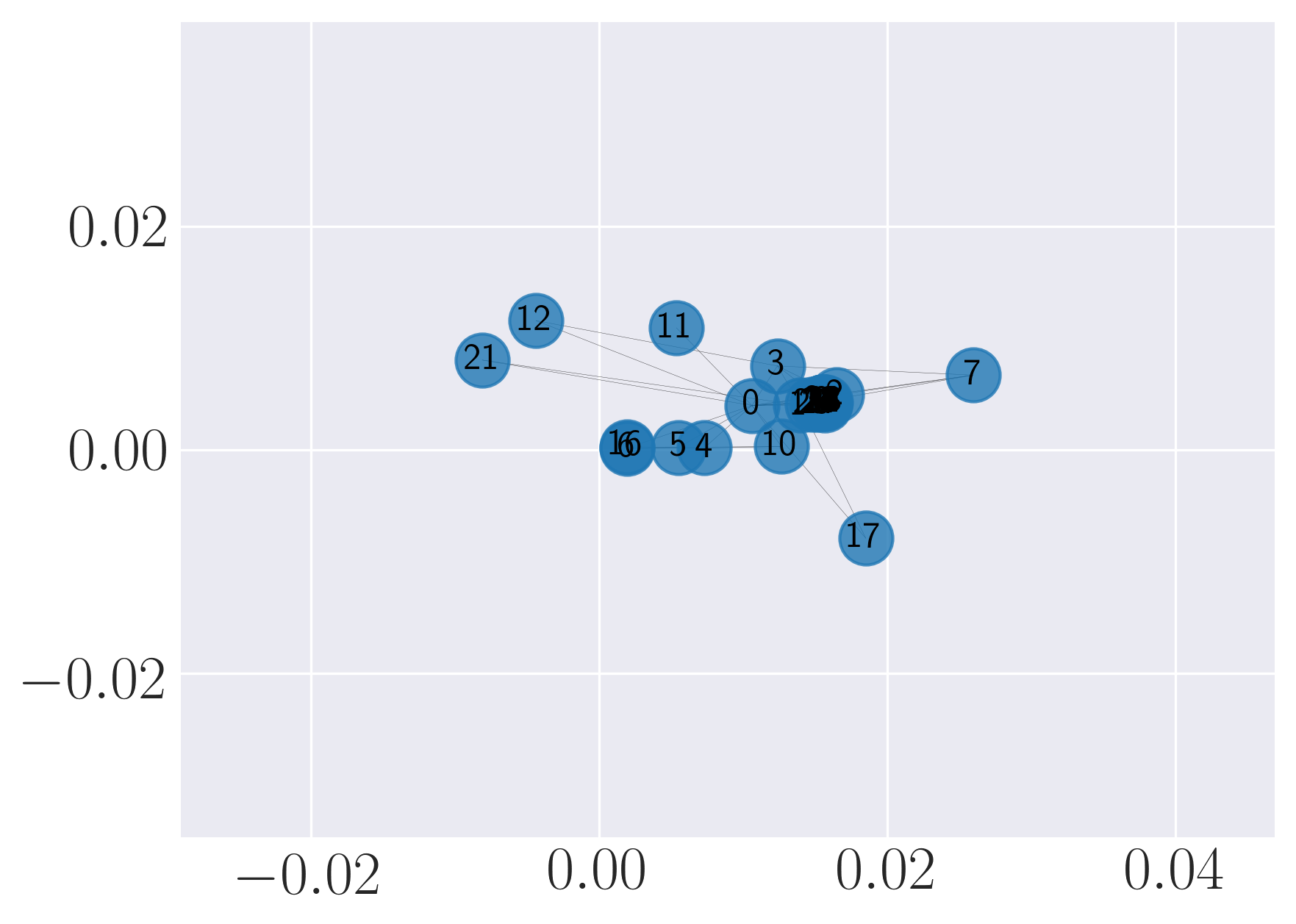Graph Embedding Techniques, Applications, and Performance: A Survey
Graphs, such as social networks, word co-occurrence networks, and communication networks, occur naturally in various real-world applications. Analyzing them yields insight into the structure of society, language, and different patterns of communication. Many approaches have been proposed to perform the analysis. Recently, methods which use the representation of graph nodes in vector space have gained traction from the research community. In this survey, we provide a comprehensive and structured analysis of various graph embedding techniques proposed in the literature. We first introduce the embedding task and its challenges such as scalability, choice of dimensionality, and features to be preserved, and their possible solutions. We then present three categories of approaches based on factorization methods, random walks, and deep learning, with examples of representative algorithms in each category and analysis of their performance on various tasks. We evaluate these state-of-the-art methods on a few common datasets and compare their performance against one another. Our analysis concludes by suggesting some potential applications and future directions. We finally present the open-source Python library we developed, named GEM (Graph Embedding Methods, available at https://github.com/palash1992/GEM), which provides all presented algorithms within a unified interface to foster and facilitate research on the topic.
PDF Abstract
